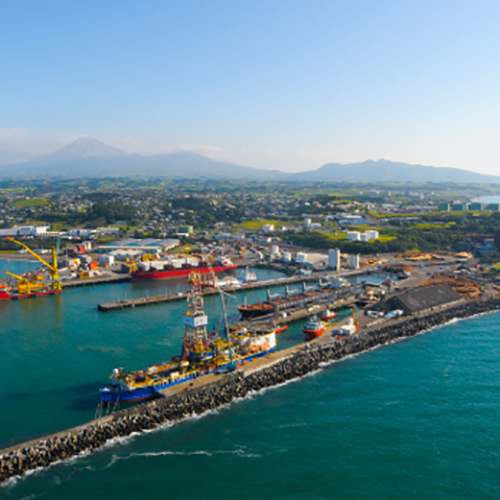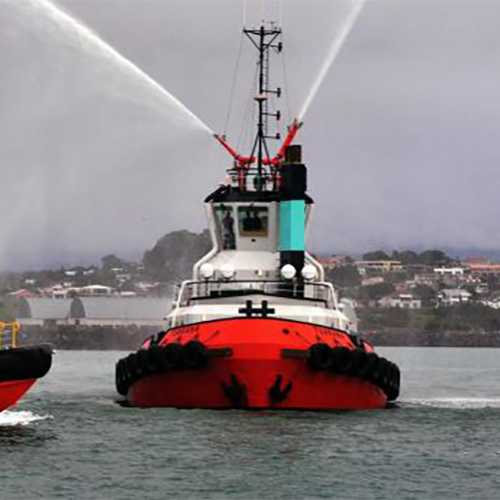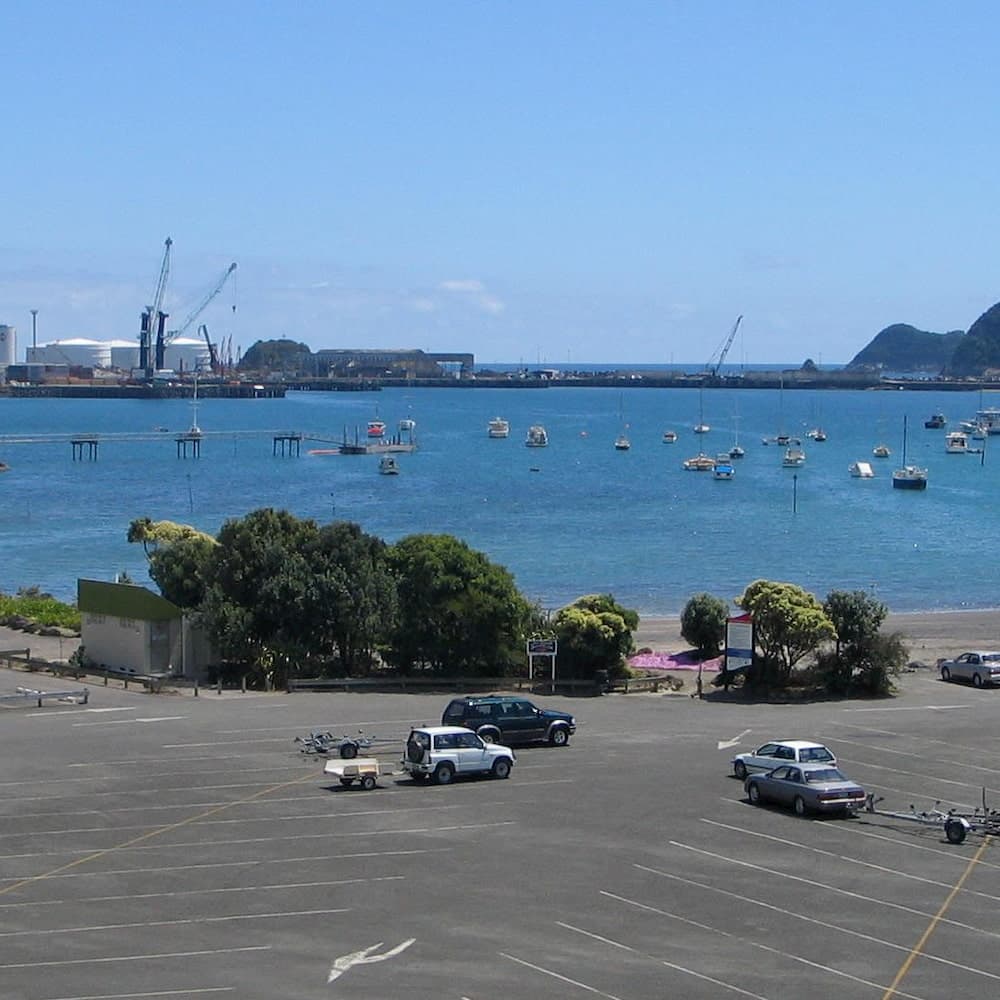Port Taranaki on board with security, resiliency and improved network management
With Securecom’s cloud managed solution linking tugs to the Port’s corporate network, tug crews now comply with maritime health and safety regulations and access the information they need to work safely and efficiently.
Port Taranaki is a major port, operating nationally important infrastructure critical for New Zealand’s trading competitiveness. One of the few ports to grow cargo volumes, the Port is committed to running a successful and sustainable business and supporting the local community.
Maritime connectivity challenges
The Port operates around the clock to provide marine services to ships transporting goods and cargo. The efficient arrival and departure of ships is critical to the Port’s operations.
“Our tug boats escort ships in and out of the harbour within strict windows of time,” explains Josh Lowe, the Port’s IT Team Leader for System Administration.
“This is also essential for our compliance with Maritime New Zealand regulations.”
Josh adds that tug employees require connectivity to the corporate network so that they can easily work on their mobile devices on the boats, whether out at sea or docked at the wharf.
However, in the past the Port‘s environment created many wireless networking challenges.
“Wireless signals have to travel across a large area without losing the connection,” explains Josh. “And there are many structures that impact signal strength and quality, ranging from ships, containers and silos, through to the products and cargo being moved on and off ships, such as logs and even wind turbine blades.”
“In addition, we had aging comms on the wharf,” says Josh. “There was no easy way of getting connectivity to the tugs.”
To operate safely and efficiently, they need to be continually connected to the corporate network for access to operational, maintenance and H&S resources.

A new approach
The Port’s legacy wireless solution was nearly a decade old and due for replacement when it failed in January 2020.
A like-for-like replacement was considered, but then discarded when the team discovered it required a two-month lead time from the US.
Directional wireless was another option considered and costed. That too was eventually rejected as it would only provide partial coverage on the wharf, with no connectivity in the harbour.
“Tugs are not always parked in the same place and looking the same way, making directional wireless ineffective,” says Josh. “And it came with a large capital cost and labour overhead for us to install and configure. We didn’t have the spare capacity it required.”


The Securecom solution
Securecom has provided the Port with firewall solutions, networking advice and managed services for over a decade. The team scoped and designed a cloud managed network solution which included Cisco Meraki devices.
The proposed solution had an all-inclusive monthly fee for the hardware and 24/7 monitoring and support, with a small, one-off capital cost for engineering services to get it up and running.

Deploying without delay
The deployment was being finalised when New Zealand entered COVID-19 Level 4 lockdown in late March. However, there was no delay to the rollout.
“This was an essential function for the business and we implemented it within the same week or two as originally planned.”
Securecom configured the devices remotely and, due to pandemic travel restrictions, shipped the equipment down to the Port for deployment by Josh and his team.
“It was a juggling act. They’d be on the phone while I was plugging in devices, just doing what I was told,” Josh quips. “But it worked out well.”
The deployment includes Meraki MX64W hardware on each tug boat to let the crew’s devices connect via WiFi or mobile data. The equipment connects directly to long-range wireless broadband when in the port and automatically switches to mobile coverage when out of range.
In addition, Meraki MX67 hardware was installed in the Port’s New Plymouth and Auckland data centres.

Fit for the future
The Port now has a modern wireless network that is secure, resilient and easily managed.
The cloud management dashboard allows Josh’s team to oversee the devices and network from a web-based browser at any location.
“This is really handy,” explains Josh.
We can jump on the cloud portal, no matter where we are, and see the status of the devices and ports.
And now, if anyone on a tug rings up with an issue, the IT team can log on and check the device, traffic and any network events.
“It was one of those things we thought would be a bit of a gimmick, but it’s worked out well.”
The other major benefit of the cloud-based management service has been the transition from from capex into opex.
The thing that appealed to us the most with opex was the opportunity to continually stay up-to-date.
“It takes away the hassle of ongoing management of the solution,” says Josh. “When devices reach end-of-life, Securecom will review the service and recommend a replacement.”
“And they keep stocks of Meraki devices here in New Zealand so that devices can be replaced in hours in the unlikely event this is required.”
Securecom has been an important partner for the Port for over ten years. Josh concludes:
One of the key reasons we value our partnership with Securecom is the expertise of its people. They provide us with modern, tried and tested solutions, and we trust their advice and judgement.

